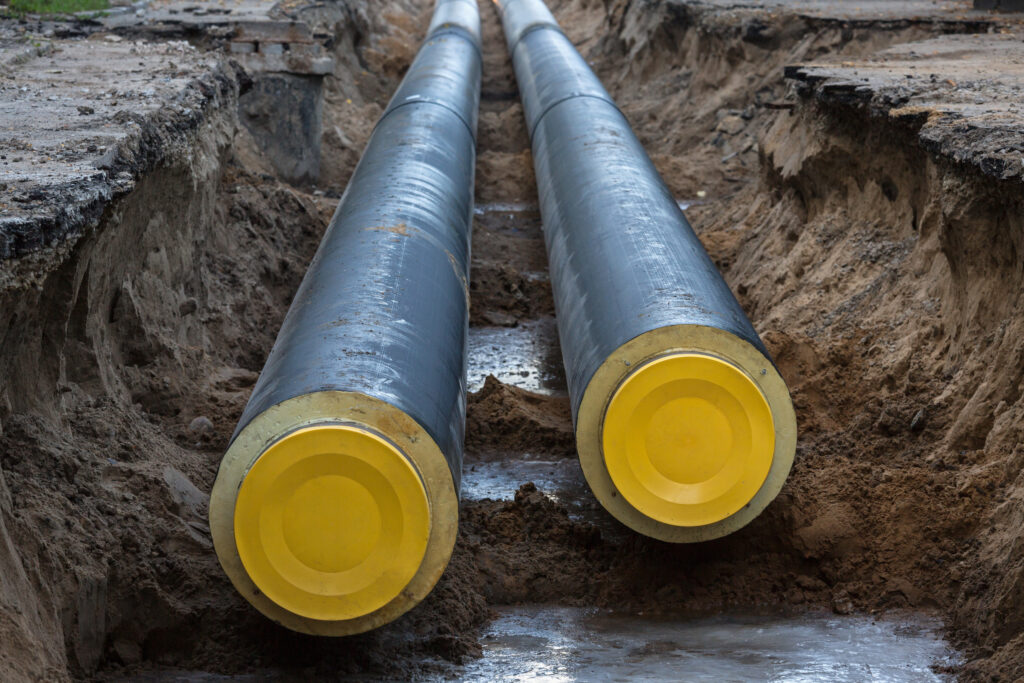
New publication outlines promising role of Thermal Networks in supporting low-carbon heating for Canadian buildings
Currently in Canada, the amount of energy used to heat buildings is roughly equal to total electricity generation for the entire country. While significant work is underway in support of the electrification of buildings, not enough attention is being paid to Thermal Networks, otherwise known as District Energy Systems. To advance and inform public discussion on thermal networks, McMaster University’s Institute for Energy Studies, the Boltzmann Institute, and the Canadian Nuclear Association jointly released Thermal Networks and Nuclear Energy: Advancing the Dialogue on Clean Heat Infrastructure for Canada during the Canadian Nuclear Association annual conference in Ottawa, on February 28, 2024.
Thermal Networks and Nuclear Energy outlines the case for Thermal Networks to deliver a critically needed contribution to Canada’s Net Zero plans. Thermal Networks have the potential to provide an affordable, reliable option for the decarbonization of non-rural building heating and to contribute to electricity grid modernization.
In 2020, building heating accounted for approximately 13% of total GHG emissions. Canada’s Net Zero energy transition currently depends on an approach of “electrify everything” where feasible. Plans for achieving net zero buildings include retrofitting the millions of existing buildings to reduce energy demand and converting heating systems to electric heat pumps. However, as Canadian winter heating demand varies dramatically depending on weather, the impact on peak loads will lead to the need to overbuild capacity of reliable electricity supply, including generation and distribution.
In contrast, a Thermal Network (TN) is a system that collects, produces, stores, and distributes heat through a network of insulated, buried water pipes. An estimated 70% of Canadians live in areas where home heating needs could be met by thermal networks. Over 200 existing district energy systems meet about 3% of Canada’s total heat demand today, yet many European cold-climate countries are over 50% and growing, strongly indicating that more can be done in Canada.
A critical opportunity for synergies between electricity grids and Thermal Networks occurs when they share Combined Heat and Power (CHP) generators and thermal energy storage facilities. This can double the efficiency of fuel use. Among the largest sources of potential clean CHP heat is nuclear energy. By harnessing the CHP capabilities of nuclear energy to provide heat to Thermal Networks, Canada could leverage its strategic investment to help reduce the need for additional clean heat generation, thereby helping with affordability, while contributing to grid modernization that enables a greater share of variable renewables.
Thermal Networks and Nuclear Energy proposes that Canadian governments collaborate to develop a Thermal Network Strategy aimed at identifying and supporting Thermal Network infrastructure investments for the social good, to complement the efforts towards electrification of building heating, and ultimately to help provide a path to net zero GHG emissions.
The development of Thermal Networks and Nuclear Energy has been endorsed by McMaster University’s Institute for Energy Studies, the Boltzmann Institute, and the Canadian Nuclear Association, with the Paper’s authors having relevant thermal networks, electric power and nuclear energy expertise. Senior representatives from other organizations – governmental, associations / think tanks, and the thermal, electrical and nuclear energy sectors – were consulted and provided advice on the content of the Paper. Their involvement does not imply their endorsement of the Paper’s findings and recommendations.
The Position Paper is available online at the McMaster Institute for Energy Studies.
Media Contact
Christopher GullyVice President, Communications & Member Engagement
communications@cna.ca



